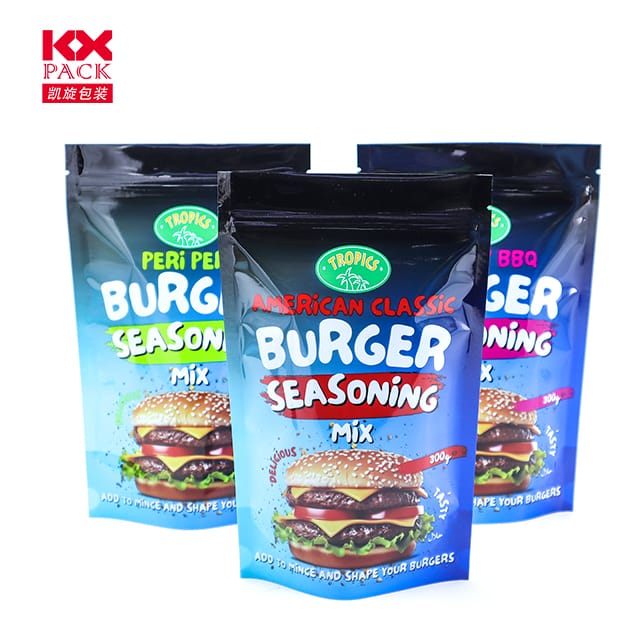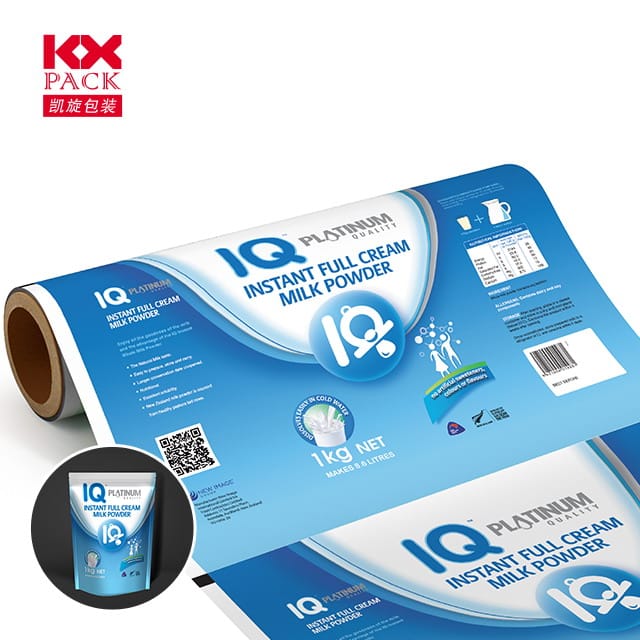The Rise of Flexible Films Packaging: Инновации, Устойчивость, and Industry Transformation
Flexible Films Packaging
In the dynamic world of packaging, flexible films packaging has emerged as a game-changer, reshaping industries from food and pharmaceuticals to personal care and logistics. Defined by its lightweight, adaptable, and high-performance materials, flexible packaging now accounts for a significant share of the global market—estimated at$270.96 миллиард в 2023 and projected to grow at aCagr of 4.8% через 2030. This surge is driven by its ability to meet evolving consumer demands, регулирующее давление, and sustainability goals. Let’s explore why flexible films are becoming the packaging solution of choice.
1. Key Properties: Why Flexible Films Stand Out
Flexible Films Packaging are engineered to balance functionality and efficiency. Their defining features include:
- Lightweight and Portable: Unlike rigid packaging (НАПРИМЕР., glass or metal), flexible films reduce material use and transportation costs. A single truckload of flexible films can carry the equivalent of 10 truckloads of glass jars, slashing carbon emissions.
- Barrier Protection: Advanced multilayer structures—combining polymers like polyethylene (ЧП), полипропилен (Бопп), или поливинилхлорид (ПВХ) with aluminum foil—create impermeable barriers against oxygen, влага, и свет. This extends shelf life for perishables like meat and cheese by up to 50% compared to traditional packaging.
- Температурная стойкость: Flexible films withstand extreme conditions, from oven-safe pouches for ready-to-eat meals to freezer-grade films for frozen foods.
- Настройка: Films can be tailored to product shapes, minimizing waste and maximizing product-to-package ratios. This precision is critical for single-serve snacks, pet treats, and pharmaceutical blisters.
2. Industry Applications: From Food to Pharmaceuticals
Flexible Films Packaging have disrupted multiple sectors by offering cost-effective, high-performance solutions:
- Food & Beverage: The largest market segment, flexible films dominate snack packaging, fresh produce wraps, and microwaveable meals. Например, stand-up pouches with resealable zippers reduce food waste by keeping contents fresher longer.
- Pet Food: Innovations like lightweight treat packs and bulk sacks with odor-barrier layers cater to pet owners’ demands for convenience and freshness.
- Healthcare & Pharmacy: Sterile, tamper-evident blister packs and peelable pouches ensure drug safety and compliance with strict regulatory standards.
- Logistics & E-Commerce: Долговечный, puncture-resistant films protect goods during shipping, while shrink-wrap films secure pallets for efficient transportation.
3. Устойчивость: The Driving Force Behind Adoption
As environmental concerns mount, flexible films are evolving to meet circular economy goals:
- Reduced Carbon Footprint: Manufacturing Flexible Films Packaging requires 60% less energy than rigid alternatives like glass. Their lightweight nature also cuts fuel consumption during shipping.
- Recyclable and Compostable Options: Innovations like mono-material PE films and plant-based compostable films (НАПРИМЕР., NATIVIA® by Taghleef Industries) are gaining traction. Some brands now use 100% переработанный контент in their films.
- Waste Reduction: Flexible Films Packaging generate 80% less landfill waste than rigid packaging due to their efficient material use.
Однако, Проблемы остаются. Multi-layer films, while high-performing, are often non-recyclable. Industry leaders are investing inхимическая переработка иadvanced sorting technologies to address this gap.
4. Future Trends: What’s Next for Flexible Films?
The market is poised for transformative growth, управляется:
- Умная упаковка: Integration of IoT sensors to monitor freshness or QR codes for supply chain transparency.
- Advanced Adhesives and Substrates: New laminations improve barrier properties without adding thickness, enabling thinner, stronger films.
- Соответствие нормативным требованиям: Stricter eco-laws (НАПРИМЕР., Одноразовая директива ЕС по пластмассу) are pushing brands to adopt sustainable films.
- Consumer Convenience: закрывающийся, easy-open, and single-dose designs cater to on-the-go lifestyles.
Заключение: Flexible Films as the Future of Packaging
Flexible films packaging is no longer just an alternative—it’s a necessity for brands aiming to stay competitive in a fast-paced, eco-conscious market. By combining innovation, устойчивость, и универсальность, these materials are redefining how products are protected, представлено, and preserved. As technology advances, expect flexible films to become even smarter, greener, and more integral to global supply chains.
Ready to embrace the future of packaging? Whether you’re a brand owner, manufacturer, или потребитель, the shift to flexible films is a win for efficiency, устойчивость, and the bottom line.
Источники: Гибкая упаковочная ассоциация, AMI Plastics, Taghleef Industries, Market Research Reports (2023–2030)







